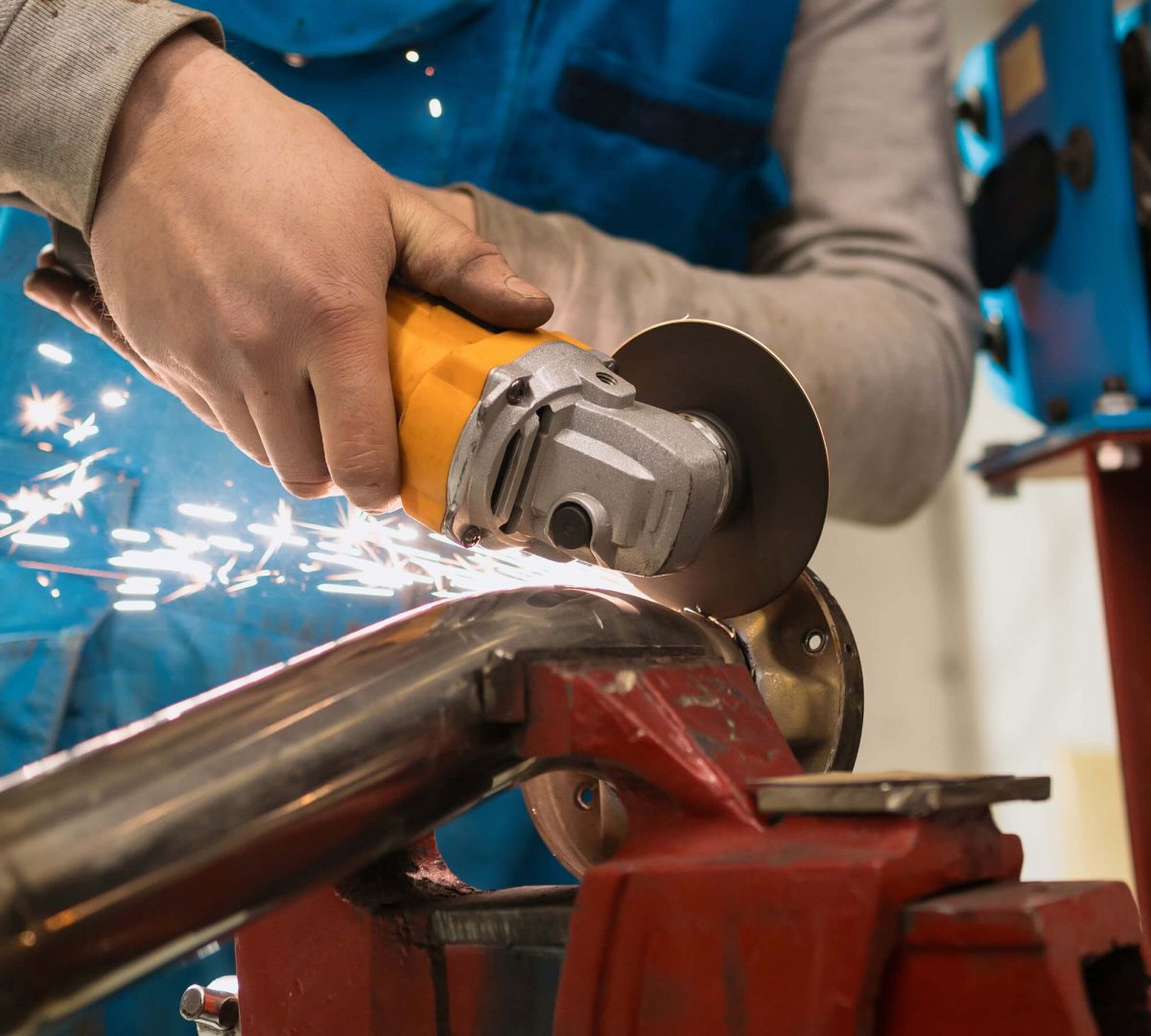Metalworking is a critical part of the manufacturing industry and has been essential for producing various metal components and products for centuries. Metalworking involves metal processing, shaping, steel cutting, and joining metal to create components and products that meet specific requirements.
There are other metalworking processes that are commonly used, for example, the bending of metal sheets is a common mechanical processing technique used in the metalworking industry to create a variety of products and components. The process involves deforming a metal sheet to a desired angle or shape using specialized equipment such as a press brake.
Over the years, metalworking technology has evolved, and the latest advancements in technology are revolutionizing the industry.
The latest mechanical processing of metal technology is making it possible to produce metal components and products faster, with greater accuracy, and at a lower cost than ever before. These advancements are enabling manufacturers to create complex designs that were previously impossible to produce.
Technological achievements
One of the latest technological advancements in metalworking is 3D printing. 3D printing, also known as additive manufacturing, involves creating a three-dimensional object by depositing successive layers of material, usually plastic or metal, on top of each other. 3D printing has revolutionized the metalworking industry by enabling manufacturers to create complex shapes and designs with ease. This technology is ideal for producing customized parts, prototypes, and small batches of parts. 3D printing has significantly reduced the time and cost of producing metal parts, making it an attractive option for many manufacturers.
Another major technological advancement in metalworking is the use of robots. Robots have been used in manufacturing for many years, but the latest advancements in robotics technology have made it possible to automate many of the processes involved in metalworking. Robots are ideal for performing repetitive tasks, such as welding, cutting, and grinding, which were previously performed by human workers. Robotic automation has significantly increased productivity and reduced the risk of accidents in the workplace.
CNC machining is another technological advancement that is revolutionizing the metalworking industry. CNC machining involves using computer-controlled machines to manufacture metal components and products. These machines are incredibly precise and can produce complex shapes and designs with ease. CNC machining has significantly reduced the time and cost of producing metal parts, making it an attractive option for many manufacturers. CNC machining is ideal for producing large batches of parts and components with consistent quality.
Another major technological advancement in metalworking is the use of augmented reality (AR) and virtual reality (VR) technologies. AR and VR technologies are being used to enhance the design and manufacturing processes by enabling designers and engineers to visualize their designs in three dimensions. These technologies are also being used to train workers on how to perform complex tasks, reducing the risk of accidents in the workplace.
The latest metalworking technology is also making it possible to produce metal components and products with improved performance characteristics. For example, advanced metallurgy techniques are being used to create alloys with enhanced strength, durability, and corrosion resistance. This technology is enabling manufacturers to produce components and products that are lighter, stronger, and more durable than ever before.
The latest metalworking technology is revolutionizing the industry by enabling manufacturers to produce metal components and products faster, with greater accuracy, and at a lower cost than ever before. The advancements in technology are also enabling manufacturers to create complex shapes and designs that were previously impossible to produce. The use of 3D printing, robotics, CNC machining, AR and VR technologies, and advanced metallurgy techniques are just a few examples of the latest technological advancements that are transforming the metalworking industry. These advancements are enabling manufacturers to stay competitive in the marketplace and provide customers with products that meet their specific needs and requirements.

